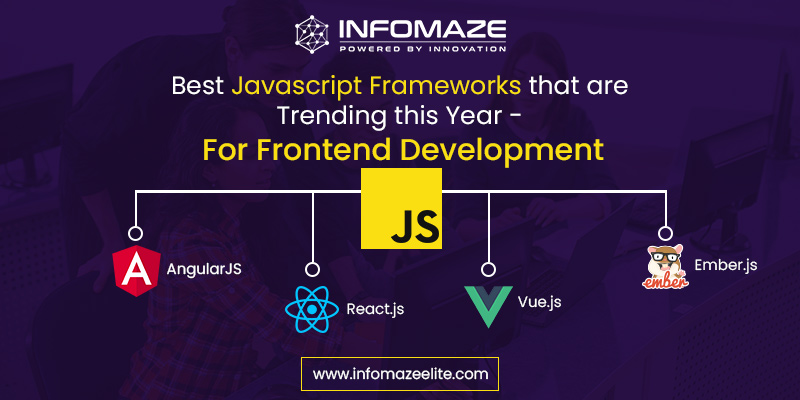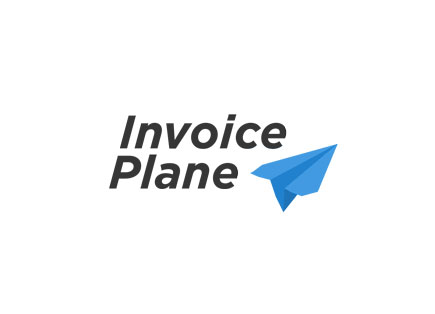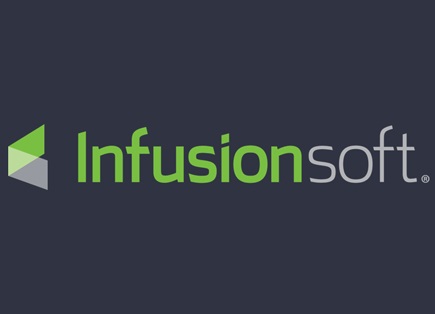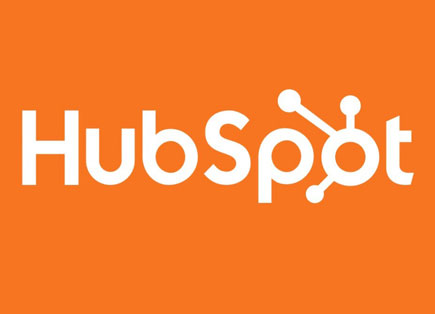Popular JavaScript Frameworks to Use – 2024
Why is Using the Most Popular JavaScript Frameworks Important?
Using the most popular JavaScript frameworks, such as Angular, Vue, or React, is essential for scalable and efficient web development. They offer strong community support, optimize code structure, and improve code reusability.
By using these frameworks, developers can create dynamic and responsive web apps that meet the ever-evolving demands of modern digital experiences quickly and with better maintainability.
Best Javascript Frameworks that are Trending this Year
For Frontend Development
React.js
React.js is a JavaScript Library created by Facebook to create a dynamic and interactive application and build better UI/UX design for web and mobile applications.
Features
Virtual DOM:
The Document Object Model (DOM), assuming that it divides into modules and runs the code. This is the most crucial component of the web.
One-way Data Binding:
React only allows data to be transferred in a single direction from parent components to child components, i.e., top to bottom.
JSX:
JavaScript Syntax Extension (JSX) combines both HTML and JavaScript.
AngularJS
AngularJS is a JavaScript framework designed by Google to work with interfaces. It is an open source based on TypeScript and suitable for single-page applications.
Features
I18n and I10n :
I18n is adapting software for global use, while L10n is customizing it for specific languages and regions.
MVC Architecture :
Organizing code into model, view, and controller components for a better structure.
Two-way data Binding :
Automatic synchronization between user interface and data model changes.

Vue.js
One of the lightest frameworks for designing unique user interfaces is Vue.js, also known as Vue. Its outstanding performance and open-source nature set it apart.
Features
Component-based Architecture :
The component-based design of Vue.js enables developers to construct modular and reusable components.
Declarative Rendering :
Vue.js uses a declarative approach to describe the user interface more clearly.
Event Handling :
It’s simple to respond to user actions using Vue.js as it lets you manage events and user input with V-on.
Vue Router :
The official Vue.js routing module, Vue Router, enables developers to create single-page apps with client-side navigation.
Ember.js
An excellent option for creating scalable, business-specific apps is Ember.js. The architecture of Model-View is simple.
Features
Convention Over Configuration :
As Ember.js adheres to the convention over configuration paradigm, developers are spared from having to declare every aspect of their application. Rather, the framework reduces boilerplate code by making assumptions based on conventions.
Two-way Data Binding :
Two-way data binding is offered by Ember.js, enabling automatic synchronization between the model and the display.
Handlebars Templating :
It simplifies the process of creating dynamic content.
A Quick Comparision- Zoho One vs Zoho Creator
For Server Side Development

Node.js
This server-side platform works on the Node.js JavaScript Engine V8, which enables code to run outside of a browser. It is open-source and suitable for a wide range of popular operating systems. It can achieve a 60% reduction in page load time with this framework.
Next.js
Next is the end-to-end rendering environment and server-side visualization engine, SSR. The concept of doing something once and having it function everywhere is the cornerstone of the framework.
Final Thoughts on the Most Used Javascript Frameworks
Different JavaScript frameworks will be popular in 2024. React shines in creating interactive user interfaces, Vue.js soars for simplicity, and Angular is still a solid choice for major projects. This range reflects the changing web development scene by meeting the specific demands of each project.
With 22 years of experience, Infomaze offers a one-stop solution for all software-related needs, ensuring state-of-the-art solutions in the dynamic domain of web development.
Ready to elevate your web development game? Explore the best JavaScript frameworks for 2024 and innovate now!
Categories
- AI/ML (6)
- Application Migration (8)
- BI (7)
- Case Study (28)
- CRM (8)
- Dot Net (8)
- Informational Blog (71)
- IT Help Desk (8)
- Mern Stack (1)
- Microsoft 365 (2)
- Mobile Application (9)
- Offshore Development (10)
- Outsourcing Services (1)
- PHP (11)
- PowerBI (7)
- QuickBooks (6)
- ReactJS (4)
- SEO (14)
- SharePoint (3)
- Web Application (10)
- Xero (1)
- Zoho (15)
- Zoho Case Study (38)




Disclaimer: All rights belong to the owner. No Copyright or Trademark Infringement Intended.





